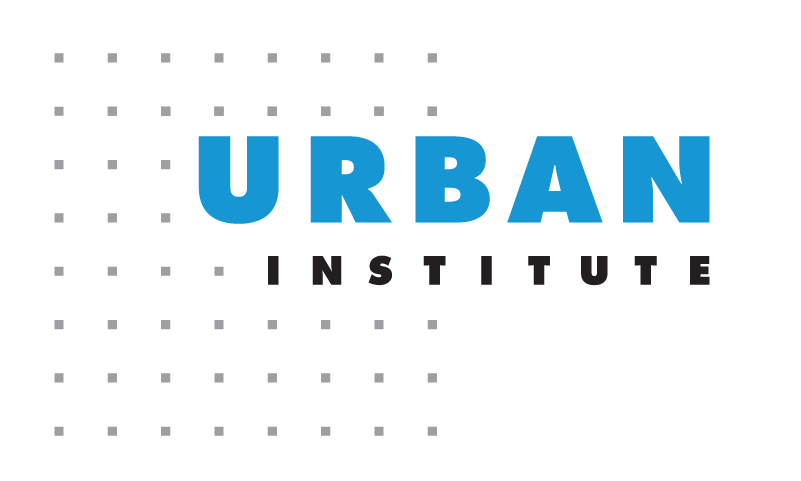
What is CAPGI? The Collaborative Approach to Public Good Investments (CAPGI) is a financing process designed to help multi-stakeholder coalitions sustain new investments in social determinants of health (SDoH). This process happens within communities and uses local capital, stakeholder self-interest, and a collaborative bidding process to source and pay for new services that any single stakeholder could not support at scale, but are expected to generate community-wide benefits. CAPGI is unique in that funding for new investments does not rely on private investment capital (which expects to be repaid) or new government expenditures. Rather, it leverages the combined self-interest of existing community partners, some of which may be private or public insurance plans or hospital systems with deep connections to a larger organization. The novel funding approach, based on a previously-developed economic model, was introduced in Len Nichols’ and Lauren Taylor’s Health Affairs paper and subsequently described in four 90 minute webinars.

Research shows that certain investments in housing, nutrition, transportation, and complex case management, among other “healthy opportunities” (or SDoH), can improve health and other dimensions of well-being for vulnerable populations while reducing a variety of health and social service costs. These savings accrue to multiple community stakeholders and often exceed the upfront costs of the initial investment. Nevertheless, adequate and sustainable financing of healthy opportunities has eluded most if not all communities in the US. This project is designed to explore, teach, and test if our CAPGI model can improve this situation.
We find that healthy opportunities investments have properties like other public goods, namely that they benefit many stakeholders simultaneously and unavoidably. These properties lead to “free-rider” problems and systemic underinvestment. In short, those who could benefit from investing upstream – for example hospitals who could reduce their own uncompensated care by helping the homeless — fear that most or all of the return from their investment would flow to those who did not invest (other hospitals or health plans), and therefore each invests too little. As a result, the total investment upstream in each community is far lower than it could or should be.
Decades ago, economists developed a rigorous way to solve the free-rider problem, under certain conditions, now known as a Vickrey-Clarke-Groves (VCG) auction. The two pre-conditions for the model to work – (1) a local stakeholder coalition searching for collaborative solutions to common problems, and (2) a financially neutral trusted broker who can elicit true willingness to pay to solve the problem while preserving confidentiality – exist now in many communities, partly because of hospital collaborations in reaction to ACA readmission penalties, Medicaid expansion (which put sometimes expensive homeless individuals on MCO rolls), and the opioid crisis, which brought criminal justice, social services, and the medical community together to address widely shared costs. The solution to these common problems clearly lies upstream from the health care system.
Our CAPGI process makes a few specific tweaks to VCG, which we believe can lead to fair and permanent solutions. The beauty of the model is that it is powered by local stakeholder self-interest, and thus financing solutions do not depend on ever more government or philanthropic spending. The potential for self-sustainability is why we think so many communities have become so interested in it. Please visit https://capgi.gmu.edu for more information and project updates, or send queries to [email protected].
